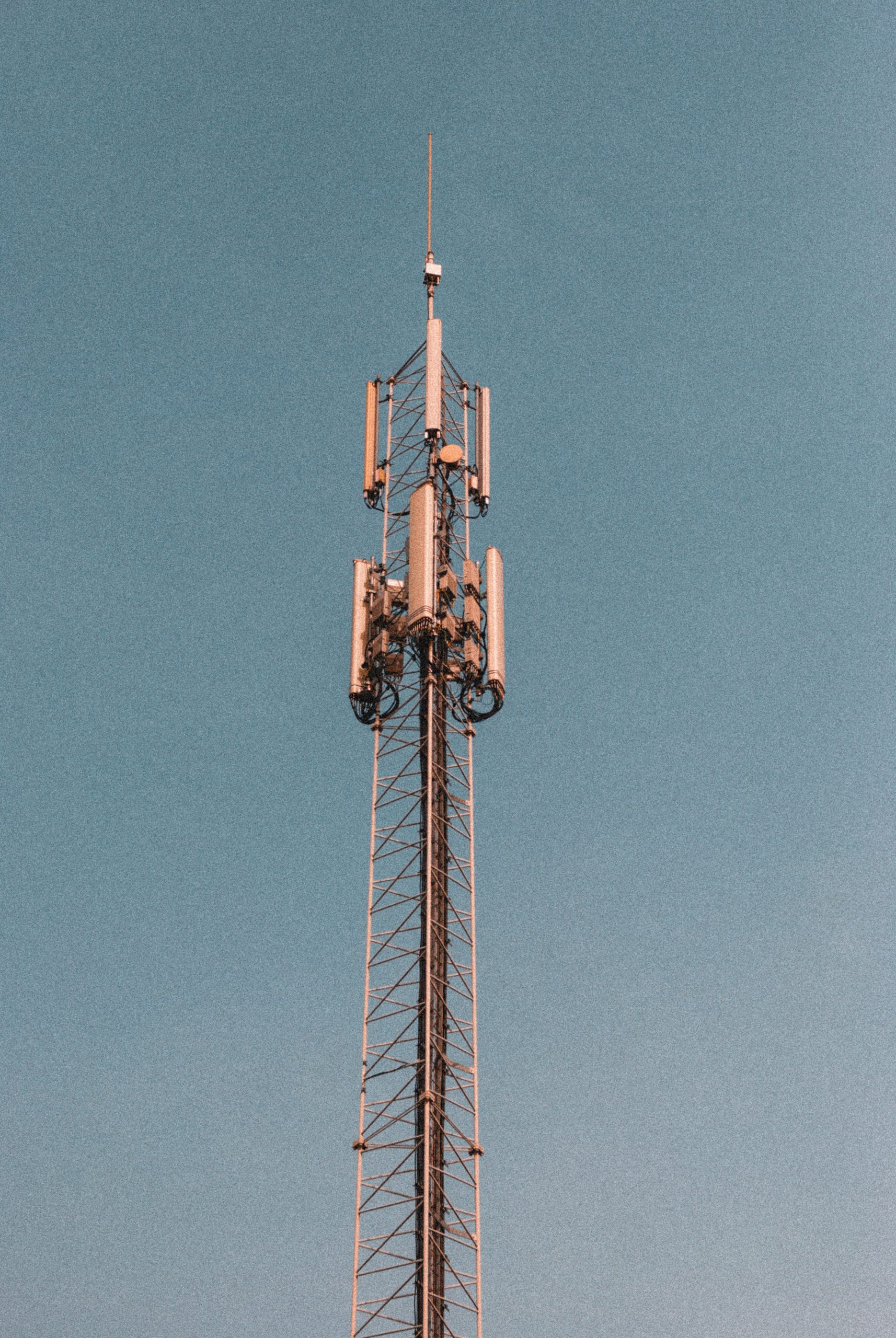In today’s fast-paced world, a seamless and smooth user experience is crucial for businesses to stay ahead of the curve. However, achieving this has become increasingly complex due to the ever-evolving nature of network infrastructure. As such, it’s time we redefine our approach to network infrastructure if we want to solve the puzzle of delivering exceptional user experiences. In this blog post, we’ll explore innovative solutions that will help you transform your network infrastructure from a bottleneck to a strategic asset that powers your business forward. So let’s dive in!
The Problem: Network Infrastructure is Aging and in Need of Replacement
Users are increasingly reliant on network infrastructure to deliver seamless experiences across devices and platforms. But as networks age, they become less reliable and susceptible to attack. As a result, businesses are looking for ways to improve their network performance and reliability.
One solution is to replace aging network infrastructure with new, more reliable systems. This can be done in a number of ways, such as by upgrading servers and switches, installing new fiber networks, or deploying cloud-based solutions.
Regardless of the approach taken, replacing old network infrastructure will require a coordinated effort from multiple departments within the business. By working together, businesses can ensure that their users have the best possible experience while avoiding disruptions caused by system failure.
The Solution: Redefining Network Infrastructure for a Smoother, Seamless User Experience
Users today expect a seamless, uninterrupted user experience when interacting with networked resources. This expectation drives the need for effective, efficient network infrastructure. However, traditional networking designs and implementations can often cause frustration and slowdowns for users. In order to meet these expectations, a new approach is needed: Redefining Network Infrastructure for a Smoother, Seamless User Experience.
To deliver this improved experience, networks must be designed from the ground up around the idea ofContinuous Connectivity and ubiquitous access. Continual connectivity means that all devices and resources are always reachable and available, regardless of location or time of day. Ubiquitous access ensures that all users have equal access to all resources across the network, regardless of their location or device type. These two principles work together to create an uninterrupted user experience by minimizing disruptions caused by latency and congestion.
In order to realize these benefits, businesses must invest in technologies such as virtualized networking environments and cloud-based services. Virtualized networking environments allow multiple devices to share one physical network infrastructure while maintaining isolated data centers. Cloud-based services provide instant access to shared resources from any device or location without installing software on the device. By offloading processing tasks from devices to centralized servers, these technologies can improve performance and reduce load on individual devices.
By embracing Continuous Connectivity and Ubiquitous Access technologies, businesses can build a smoother, more seamless user experience that meets the expectations of today’s consumers
Methodology
There are a number of different considerations that must be taken into account when designing a network infrastructure for a smooth, seamless user experience. One important consideration is the way in which the network is structured. In order to provide a better user experience, it is important to have networks that are well organized and manage traffic effectively. Additionally, it is important to have bandwidth limitations in place so that users are not constantly being slowed down by excessive traffic. This can be done through usage-based billing or other methods of managing bandwidth restrictions. Overall, taking into account the way in which users interact with the network and how the network is structured will help to provide a smoother, more seamless user experience.
Results and Discussion
A recent study conducted by Forrester reveals that the majority of users are looking for a network infrastructure that provides a smoother, seamless user experience. To meet this demand, businesses must redefine their network infrastructure in order to provide an improved customer experience.
One way to improve the customer experience is by deploying a centralized platform that can manage and monitor all aspects of the network. This platform can help to reduce response times and provide a more consistent user experience. Additionally, increased use of cloud-based solutions can also improve user experiences by providing access to resources regardless of location.
Overall, these findings suggest that businesses must focus on delivering a smoother, more consistent user experience if they want to retain users and grow their business. By redesigning their network infrastructure, businesses can create a better overall customer experience and increase revenue margins
Conclusion
With the proliferation of internet-connected devices, businesses and users alike are looking for ways to improve network performance. In this article, we’ll explore some common issues that can lead to poor user experience, and provide solutions that will help keep everyone connected without taking hours out of their day. By understanding these problems and implementing appropriate solutions, we can create a more seamless online experience for everyone. Thanks for reading!










